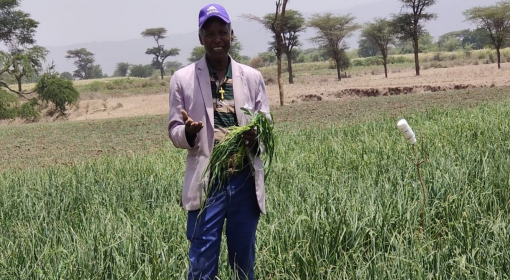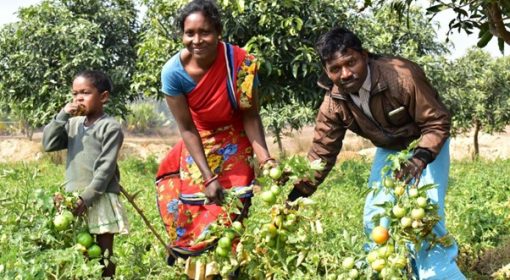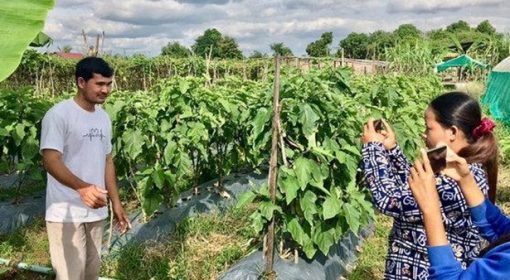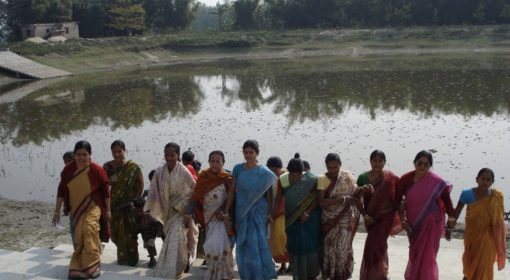More crop per drop: Farmer-learning and the promise of improved water use in agriculture
By Frank van Steenbergen and Petra Schmitter
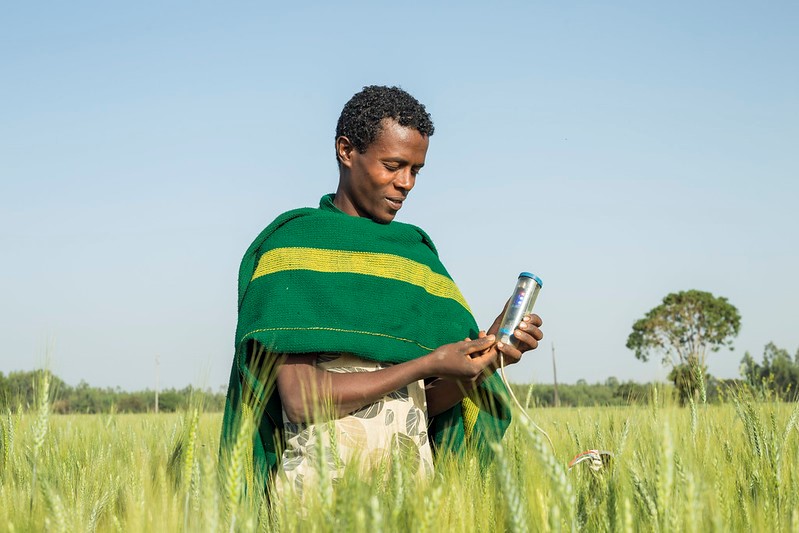
It has been said many times that there is very little irrigation development in Africa, that there is little water storage per head of population, that this adds up to high vulnerability to droughts. This is all true. It has led to an upsurge in investment in irrigation systems. Ethiopia – Africa’s Water Tower – has been a particular front runner.
Several medium and large scale irrigation systems have been developed over the last 15 years by the Federal Government, Regional Government and the Sugar Corporation. What they have in common is that water productivity – the crops produced with the volume of water used – has been disappointing.
The Koga Irrigation Scheme in Amhara is one such example, even though it is considered one of the better performers. Koga irrigation scheme draws water from the Koga River, one of 50 tributary streams joining the Ethiopian Upper Blue Nile. It was meant to irrigated 7000 ha but, in reality, its service area is closer to 5000 ha. It was meant to be used for water intensive vegetation cultivation but instead the main crop is wheat.
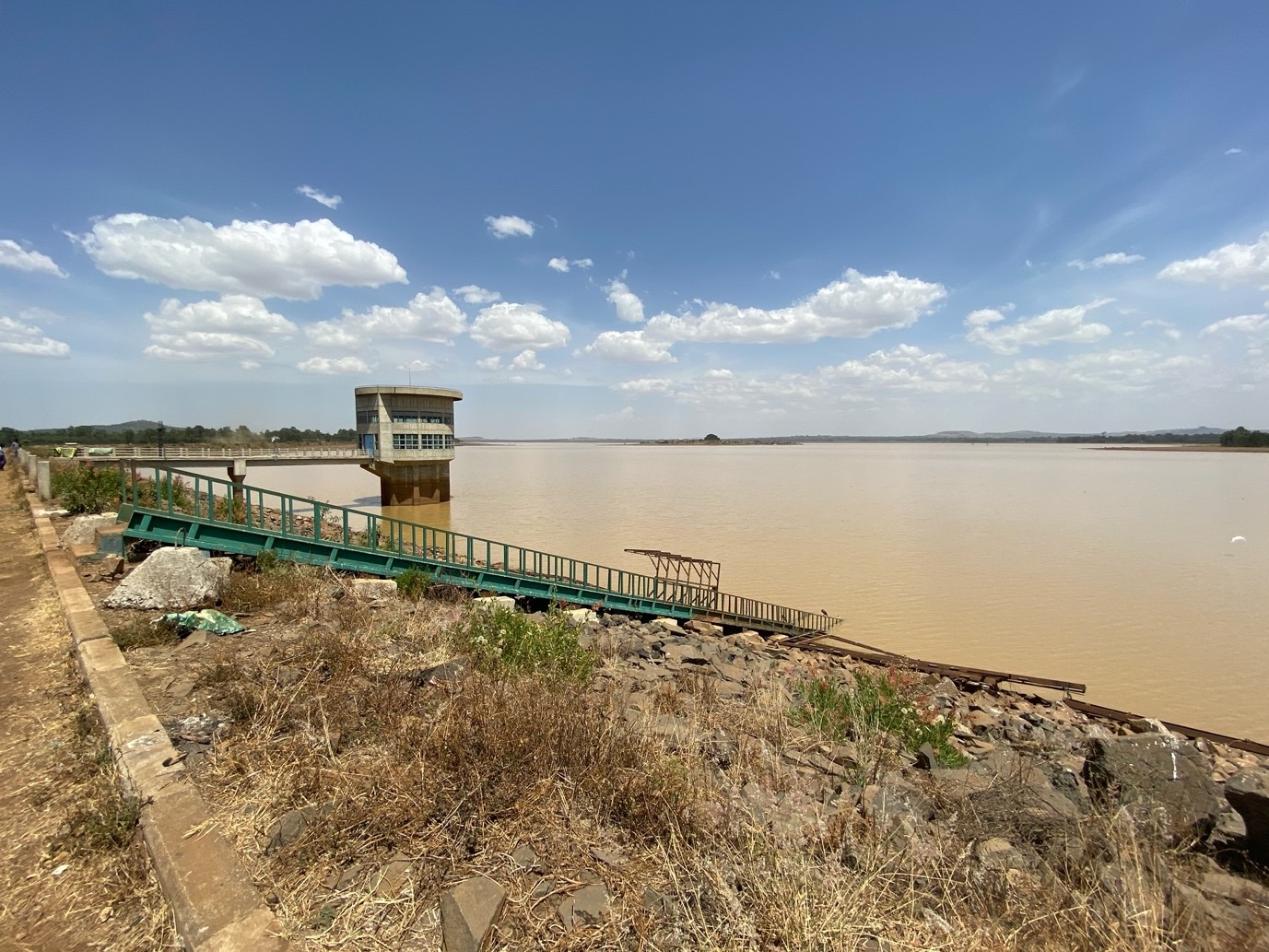
In a two-year field program under the Remote Sensing for Water Productivity (WaPOR) project, the International Water Management Institute exposed a large number of water users, water user group leaders and irrigation managers in Koga to technical innovations to enhance on-farm irrigation management decisions. This was done by providing farmers and block leaders with tools that allow them to “look beyond the soil” and assess whether the land should be irrigated or had been irrigated too much. Two tools were introduced developed by scientists at the Commonwealth Scientific and Industrial Research Organisation (CSIRO): the Wetting Front Detector (WFD) and Chameleon Soil Water Sensor. The WFD is simpler – an ingenious plastic tube that tells the farmer where sufficient water has accumulated in the root zone by pushing up a flag. By installing them at different depths the farmer can evaluate till which depth the soil has been “sufficiently” wetted. The Chameleon Reader connects via wires to a soil moisture sensor installed at different depths. It translates the ease with which a plant can take up water into a simple color: the colors blue, green or red corresponds to very wet, moist and dry. These two sensors had been tested earlier in small configurations in the scheme and have been rolled out in 6 of 12 blocks targeting 54 water user groups. Overall, the field program provided WFDs to 144 farmers, and Chameleon Sensors to 72 farmers.
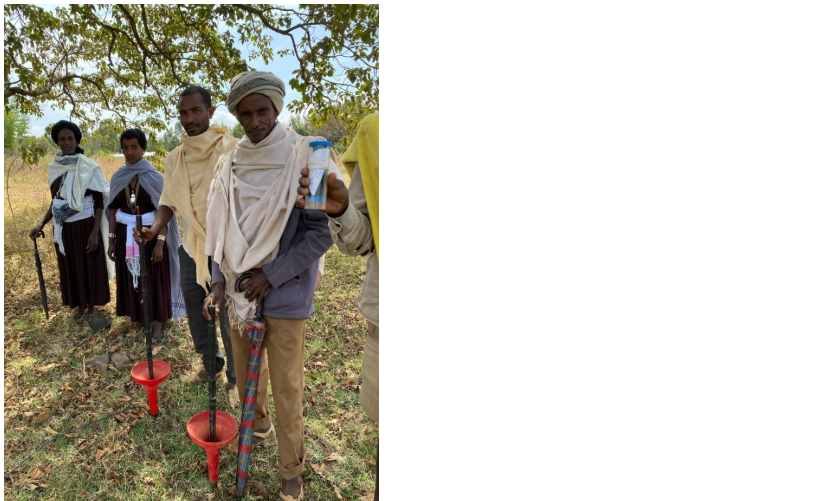
Farmers in the 54 water user groups were introduced to these instruments and taught how to use them. As the project targeted improved on-farm water management and collective action within the water user groups, not every farmer was given an instrument. Four technologies were provided to each water user group and left to decide which farmer would receive the technology and who would receive relevant information from the technologies. In this way 602 farmers (about 6% of the target farmers in the entire Koga scheme) were reached. Special data collectors were deployed to help share the information between farmers.
The results were spectacular. Within one or two seasons of becoming comfortable with the tools farmers reduced their field irrigation supplies. According to key farmers, they typically extended the irrigation cycle from the local storage reservoirs from 8 to 11 days, or 9 to 12-13 days – effectively a water use reduction of 35%. Part of this high-water wastage earlier related to the need to make ploughing easy. With reduced water applications the wheat crop yield went up: by 10 to 20% according to farmers’ estimate. The gain in terms of water productivity or ‘crop per drop’ was a spectacular 35-40%. Field research confirmed this range of improvement. The farmers noted that improved water management resulted in a faster rotation among water users in the same group and resulted in a decline in water related conflicts. The saved water was used to extend the area under cultivation within the blocks, but also to reduce water deliveries from main scheme operations to night storages.
Additional research by Alebachew Enyew at Bahir Dar University, a master student supported by the WaPOR project, showed that soil nutrient loss was reduced. All in all, a spectacular increase in water productivity was achieved through joint learning and farmer-led action resulting in a large group of farmers advocating for better water management. The need now in the Koga system is to expand the use of these tools and learning mechanisms to all blocks, and to review the irrigation deliveries for the entire scheme – there is much to gain there too.
What this shows for the larger picture is the tremendous need to work on water management within irrigation systems – arguably a major winner for increased food security and larger water security. It is unfortunate that this is not yet a top political priority globally. The Koga case shows how much gain can be made, and that too in a short time and without the need for investment of foreign capital.
(We will explain in an upcoming seminar how this project was implemented with local communities, and highlight some of the key lessons learnt in improving water productivity on the ground.)

Prepared in support of the development of Voluntary Guidelines for Sustainable Water Allocation in Agriculture by FAO, ESCWA and AOAD for the League of Arab States
